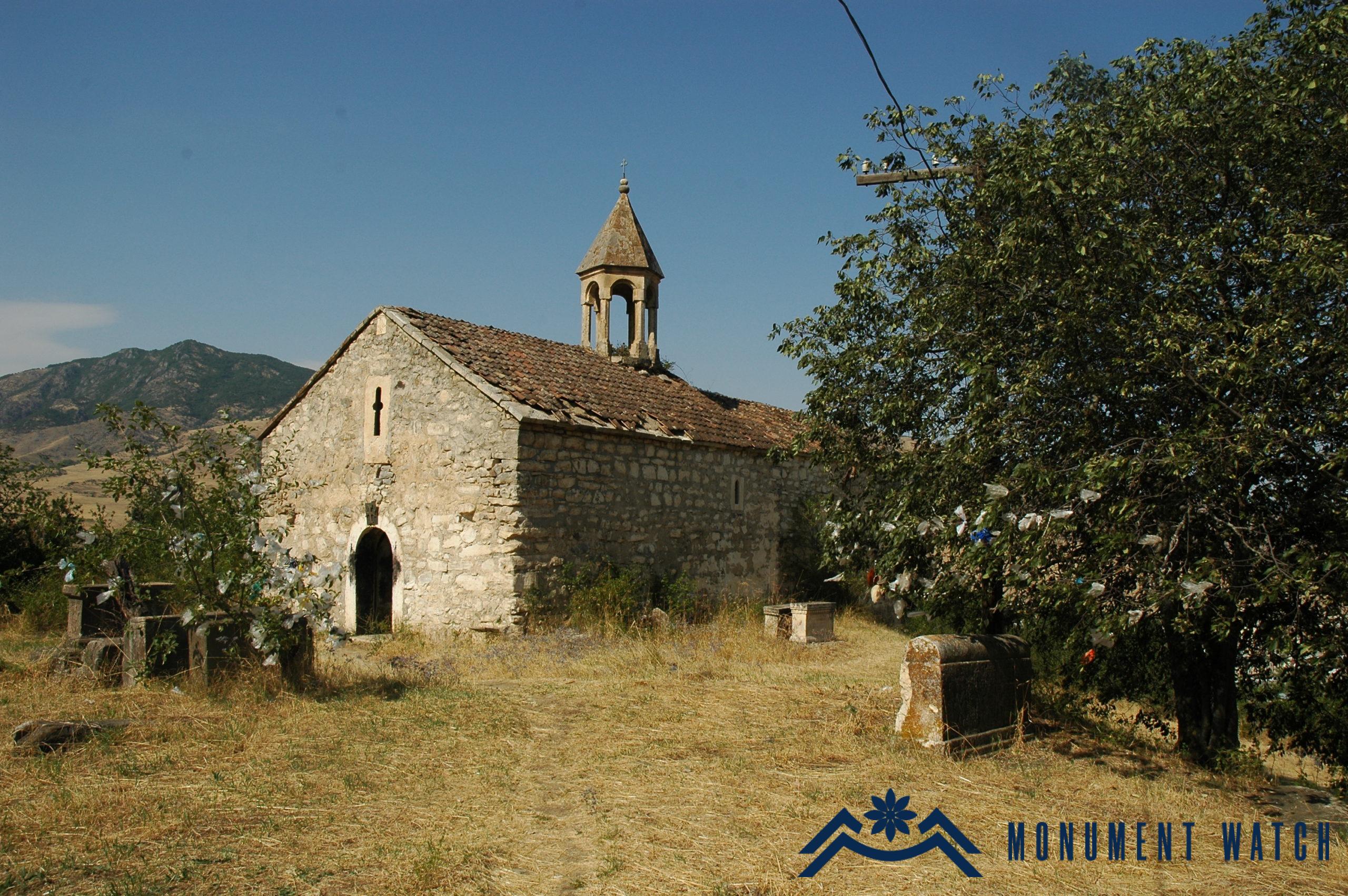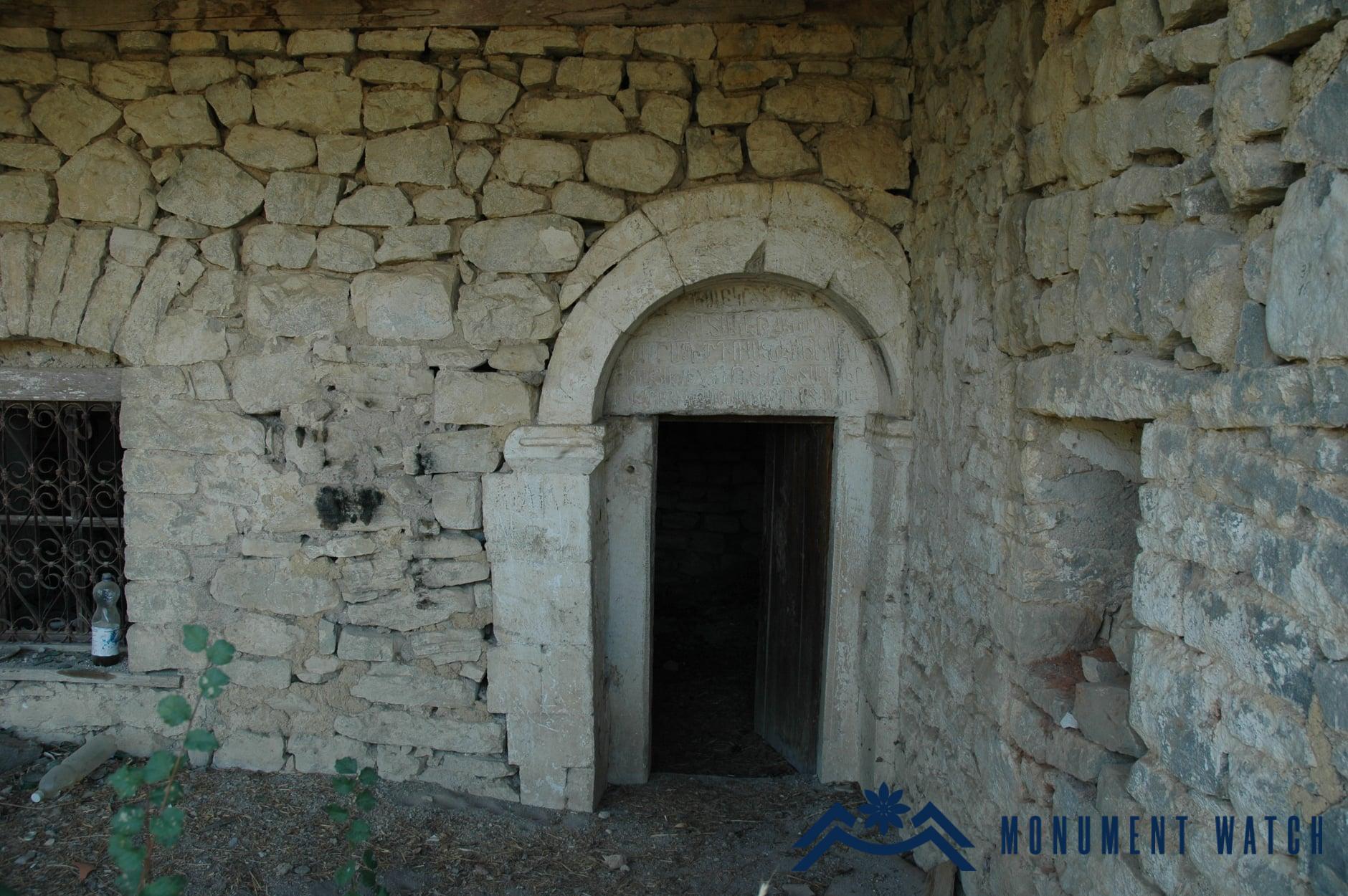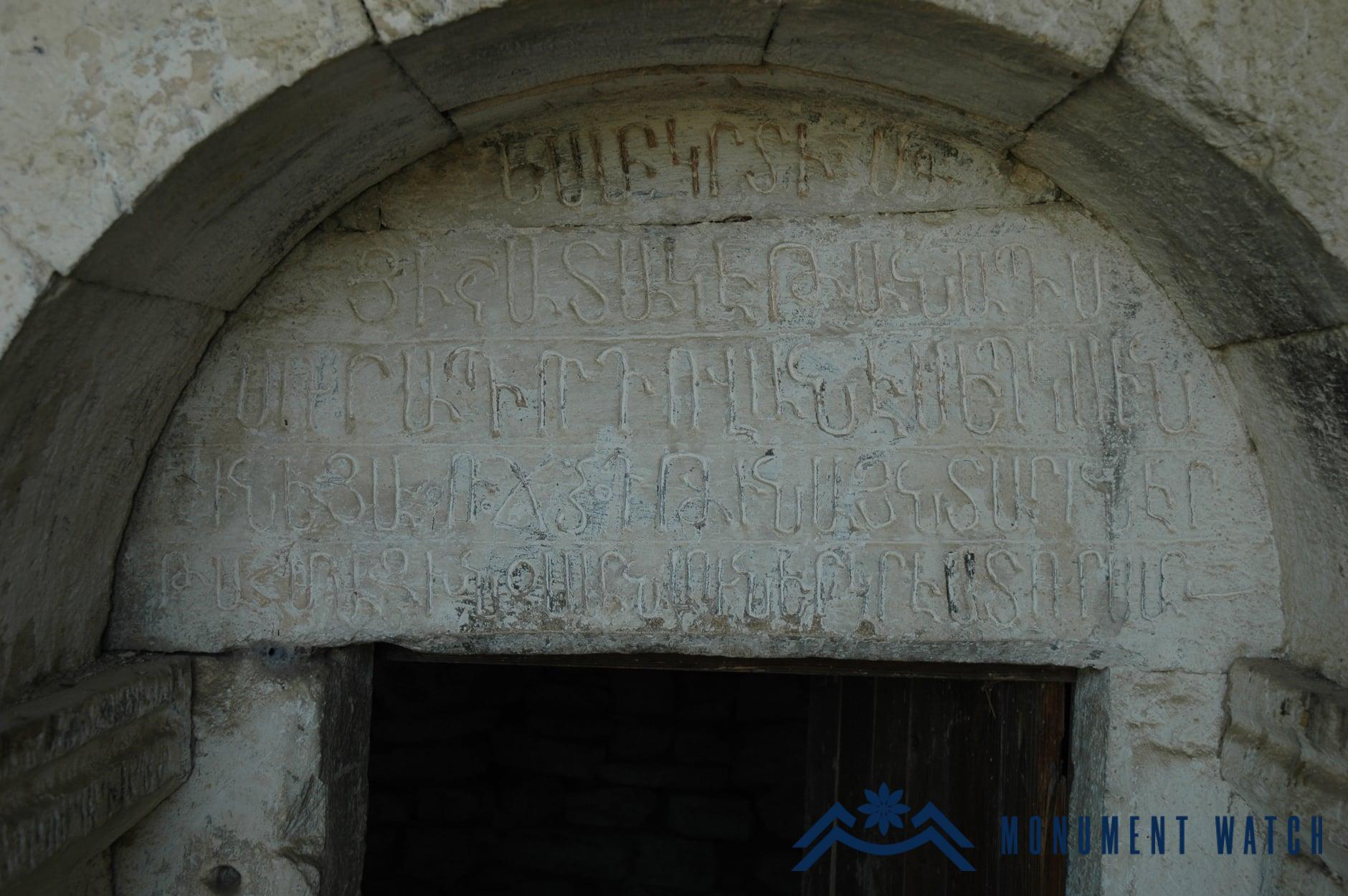On a new attempt of Azerbaijan to declare the monastery of Surb Khach in Vank village of Hadrut as Albanian-Udi
On November 4, 2021, Azerbaijan's first channel CBC TV Azerbaijan uploaded a video titled "Members of the Albanian-Udi Christian community of Azerbaijan visited Hadrut" on its YouTube channel. In particular, it refers to regular visits by representatives of the Albanian-Udi Christian religious community of Azerbaijan to "Christian churches liberated from the settlements occupied by Armenians". According to their own interpretation, they pay tribute to the memory of the Azerbaijani soldiers who died during the 44-day war that fought for the territorial integrity of Azerbaijan. This time they visited Spitak Khach Monastery in Hadrut.
It is noteworthy that during the visits of representatives of the Albanian-Udi community, historically Armenian churches are declared Albanian-Udi, and it seems that all their visits become an impetus for the destruction of the authenticity and history of Armenian churches. Let us recall that earlier they visited, and also declared the monastery complex of Dadivank and the Armenian church of Tsitsernavank as Udi. Robert Mobili, the representative of the Albanian-Udi religious community, states (2:32 seconds) that this is not their “first visit to the liberated lands, a pilgrimage to holy places".
Let us once again mention the inscription on the tympanum of the guest house of the monastery, which the falsifiers are not familiar with:
“I, Mikrtich, wrote: this guest house was built in memory of Bishop Hovhannes, the son of Surap, in the year 1735, the year when Tahmaz Khan expelled the Ottomans out of our country”. Obviously, the servant of Azerbaijani propaganda is not interested in authentic sources.
Mobili claims that the church belongs to their Albanian heritage. Moreover, he states without any grounds that during the “Armenian occupation” the Armenians added many elements to the Albanian churches, inserted khachkars into the walls, added inscriptions and other Armenian symbols, and in fact destroyed the Albanian traces.
Our response
Cultural genocide does not refer only to the physical extermination, but also to distortion and falsification of history and religious affiliation, ignorance of facts, memory erasure, and creation of false cultural or religious practices. The proclamation of the Armenian churches as Albanian-Udi by Azerbaijan, and the illegal divine services performed in the Armenian Apostolic Church clearly violate the religious and cultural rights of the Armenian Christian community, hurt its religious feelings.
As for the appropriation of the Armenian cultural heritage by Azerbaijan, we find it necessary to note that once it is declared Albanian or Udi, it loses its main value, loses the criteria of authenticity and integrity that follow from the UNESCO Convention on World Cultural and Natural Heritage, the Nara Document of Authenticity adopted in 1994 in Japan, the document signed in 2017 by ICOMOS in New Delhi, as well as various documents of other international structures.
Moreover, according to the Second Protocol of the Hague Convention of 1954 for the Protection of Cultural Property in the Event of Armed Conflict (1999), Article 2, point C “any alteration to, or change of use of, cultural property which is intended to conceal or destroy cultural, historical or scientific evidence” is prohibited.
According to the First Protocol of the 1954 Hague Convention, apropriation of cultural or spiritual values in the occupied territory is prohibited. The Second Protocol of 1999 of the Hague Convention reaffirms these requirements and, according to the 15th article defines the mentioned actions as an international crime.
Destruction and apropriation of cultural property are prohibited by the Geneva Convention of August 12, 1949 for the Protection of War Victims, on the Laws and Customs of War, by four International conventions and protocols, and the relevant UN resolutions and treaties on the protection of human rights.


